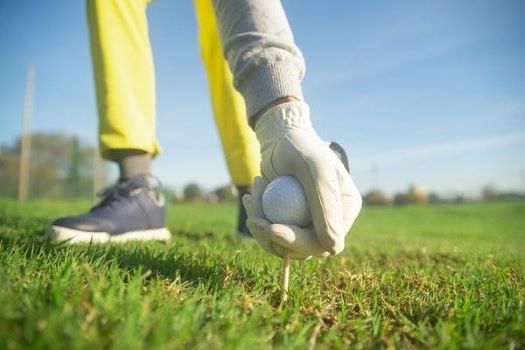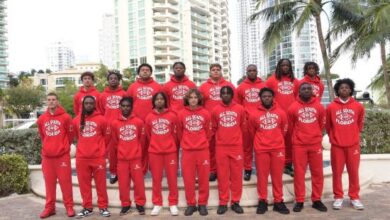What to Never do in Golf According to the Golf Star Coach Hank Haney


Hank Haney has been around for a long time and has seen all there is to see in the game of golf. From training Tiger Woods, the very best in golf, everything else. His vast experience in golf training endows him to be one of the most capable people to advise on golf. As such, he has even compiled a list of the worst advice in golf. In addition, he dispels the myths of some of the techniques and many more in his book, How to Play Better Golf Today. In this article, we are going to cover some of the main “what to do not”-s, and if you are interested in more, then listen to Hank Haney one shot slice fix advice.
Before diving into it, as a reminder, these are Haney’s words against bad recommendations, so keep that in mind as you go through them. If any of your friends try to convince you to carry out any of these actions, you should advise them to have a conversation with Hank Haney instead!
-
Don’t Look Where You’re Going
“This could be the worst piece of advice ever,” Haney stated, referring to what amateurs often say after they have a topped shot. He then continues to explain that although topped shootings often result from falling out of your posture, “your neck and head joints don’t affect it all that much.”
A correct expression would be to state, “Maintain your focus on the ball,” but even that is not as essential as they think.
-
You’re Going too Quickly with Your Swing.
You’re not going too quickly with that swing. Swinging at an exceedingly fast rate is not a real situation. It is not about the speed but the distance. “People are always telling me, ‘you’re getting fast,'” adds Haney. “The only way you’re swinging too quickly is when you’re hitting the golf ball too far.” As such, the problem is not about how quickly you can execute the move but rather what is the impact of your hit.
-
Complete the Move by Swinging Through It
Keep in mind that slicing the ball is a mistake made by 90% of golfers, notes Haney. He continues to say that if the clubface is curved, it indicates that the club’s face is open to the route the swing is taking. That is happening because the club face will be somewhat exposed no matter which way you swing it through the ball. So, no matter how you take it, you cannot control some things.
It is why you should be completing the move by swinging through it, and it will make your path travel farther over the ball and, as a result, slow down the clubface’s closure.
-
Strike the Ball Lower to Assist the Ascent of the Ball
According to Haney, “Hitting downward doesn’t cause the ball to move up.” Loft and spin are what causes the ball to rise, and speed gives spin. When you increase your speed, your spin will increase proportionately.
-
Make sure Your Leading Arm is Completely Straight
According to Haney, many people get the concept of keeping your arm straight confused with being stiff, tight, or inflexible; in a posture that it can’t move. But, as long as it goes back to where it came from, that’s okay; you don’t intend for it to become so inflexible that you can’t swing on it, do you? The key is to make your arm more prepared for an exact shot, not to keep it immobilized on the club.
-
You Need to Get Your Whole Body Involved
“The issue with many players is that they don’t get the arms and hands moving at all,” says Haney. He continues by saying that it is a known truth that your arms and shoulders are essential in the game of golf. But, first, you have to be able to coordinate them and then take care of the rest of the body.
Because your arms are related to your shoulders, you must ensure that the arms and hands form the foundation of your swing. Of course, everything about the body is significant, but you’re not going very far if you don’t get the arms and hands moving.
The Bottom Line
For the best golf tips, listen to Hank Haney’s one-shot slice fix advice. First, Hank discusses how he hooked the golf ball and then advises on improving your golf by switching from slicing to hooking. He has had a vast experience behind him, attested by his starlight career in which he had trained some of the most known golf players in the history of the sport.





